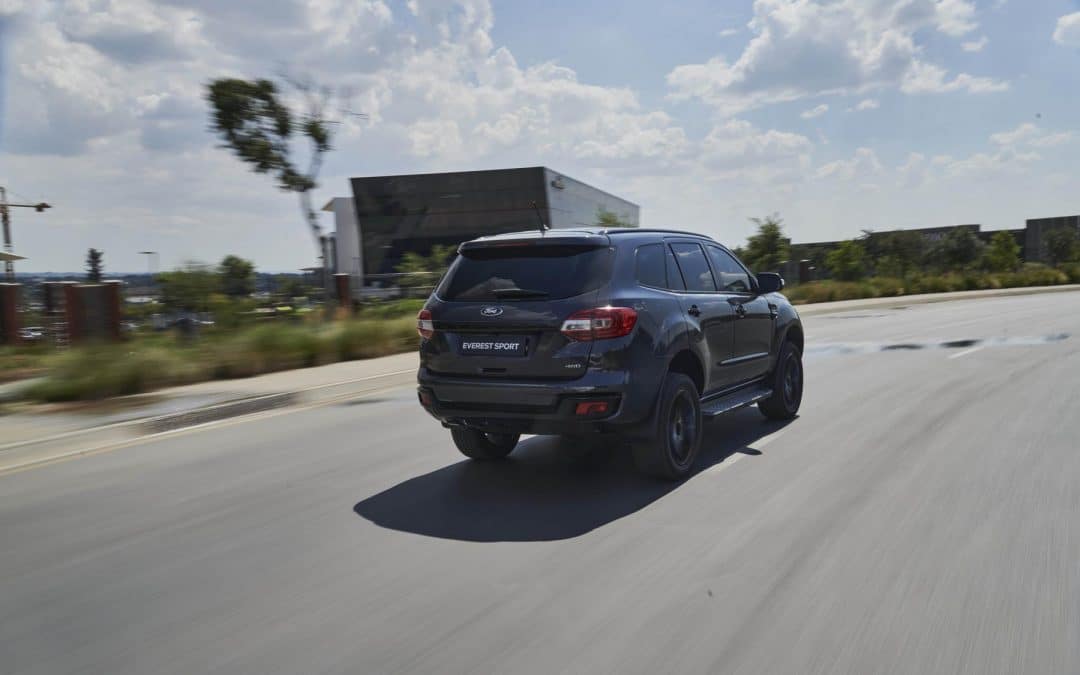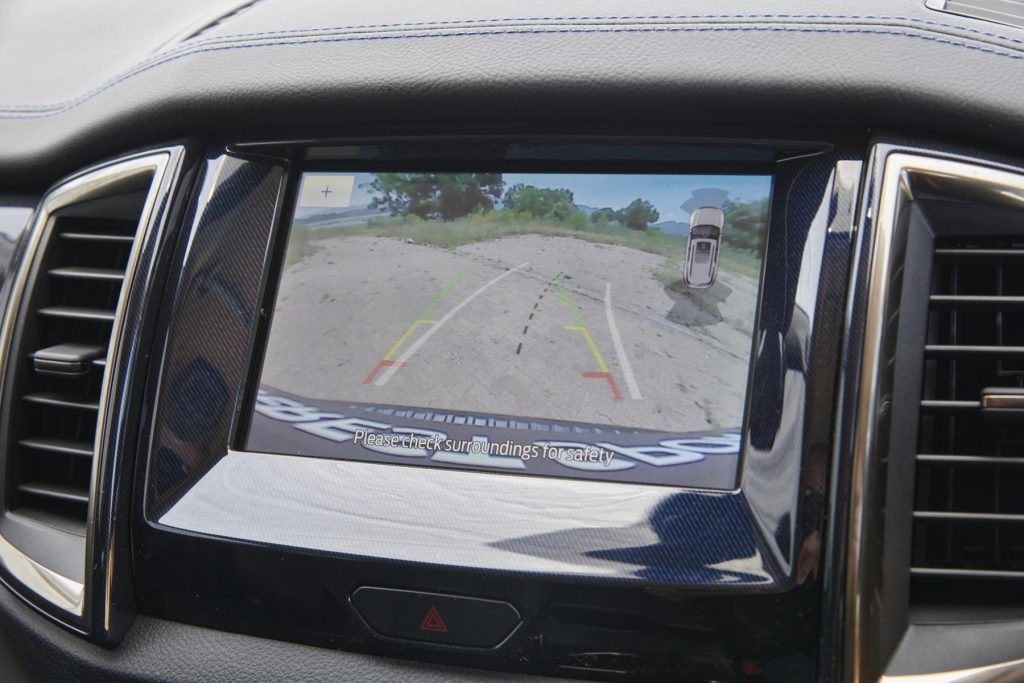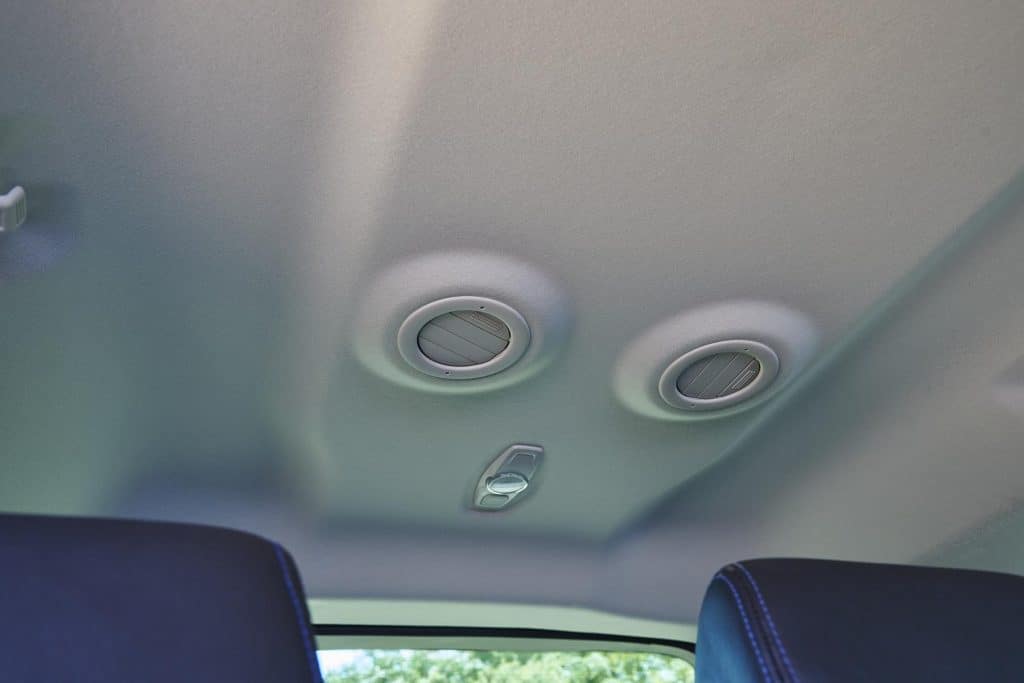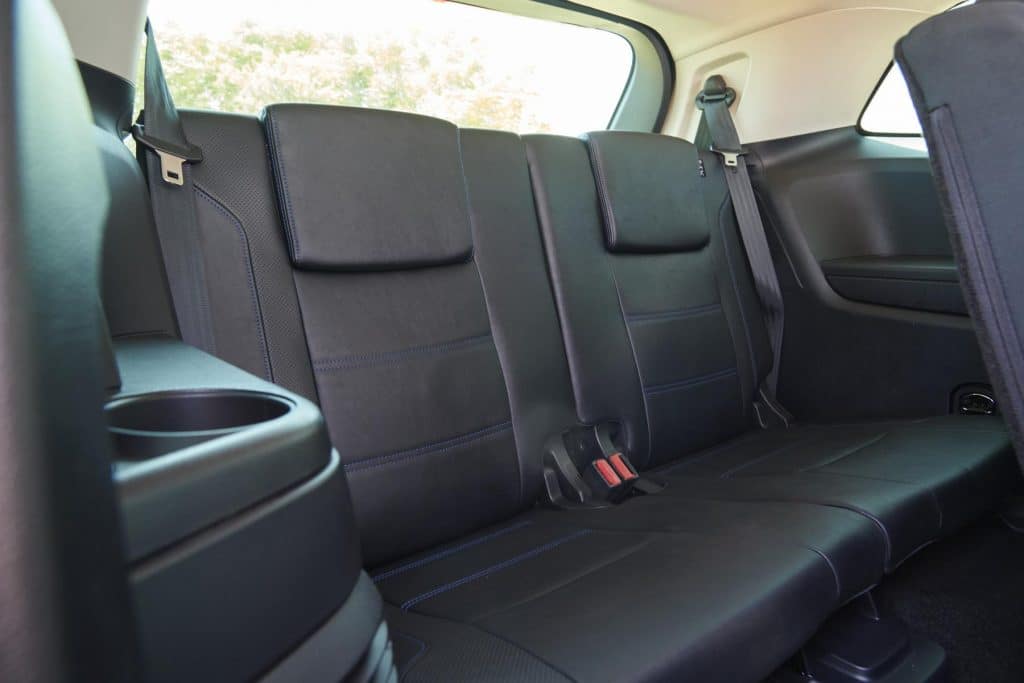In an effort to retain its place at the front of the highly competitive large SUV segment, Ford updated the 7-seater adventure SUV at the end of last year. We got to spend a whole week with the updated Everest to see whether the updates are good enough to keep the likes of the Toyota Fortuner, Isuzu MU-X, Haval H9 and Mitsubishi Pajero Sport at bay.
The updated Everest is very capable off of the beaten path since our review vehicle (the 4×4 derivative, 4×2 model also available for the urban jungle warriors) featured amongst others standard Terrain Management System, which allows you to easily select the preferred driving mode to suit the terrain by simply turning the TMS dial, ranging from snow to mud, grass, rocks or paved roads.
Additionally, there is Hill Descent Control that helps owners safely negotiate steep slopes with supreme confidence. While we did not put it’s offroad prowess to the test, Ford used an Everest as the team support vehicle during our recent escapades to the Wild Coast to test the new FX4 and it could keep up with the bakkies through the day and a half.
Perfect transport option for weekend getaways
Both the 4×4 and 4×2 models are powered by Ford’s reliable 2.0-litre Single Turbo diesel engine, delivering 132kW and 420Nm – with up to 340Nm available from just 1250 RPM. Power on the road is perfectly adequate for cruising on the highway, while the paired 10-speed automatic transmission allows for effortless shits, and quickly drops down a gear or two if you need to overtake slower moving traffic.
During our week of testing which involved the daily commute to school and work, as well as trips from Pretoria to Johannesburg for work, we managed a quite respectable 9.3 liters per 100 km. This was impressive due to a lot of that week being spent in bumper to bumper (yes still a thing in COVID-19 times) on the N4 to Pretoria and a mix of town and highway driving to leisure attractions such as the Ann van Dyk Cheetah Centre in the foothills of the Magaliesberg mountain range in the North West Province of South Africa, Croc City Crocodile & Reptile Park north of Johannesburg, as well as the Aerial Cableway Hartbeespoort.
My two daughters, aged 5 and 6, loved the two rear seats that they continued to use even when there was no one in the middle row. Like the Fortuner, you have the flexibility of seven seats but unlike the Fortuner’s two additional seats these fold away neatly leaving a ginormous boot to fill with stuff for long road trips, as the Fortuner’s ones have to be folded and clipped to the sides, where these eat into the available boot space.
We are all fans of the high seating position on offer on the Everest which gives you a commanding view of the road ahead and loved the ease of use of Ford’s SYNC 3 (quick review) system which we do feel is best in class (maybe just Mercedes’ MBUX and BMW iDrive are better on a different class of cars). It also supports both Android Auto (quick review) and Apple’s CarPlay (quick review) which integrates nicely with one’s smartphone OS of choice to convert the large touchscreen into a mirrored version of your phone’s display.
Barring a proper diesel engine soundtrack that does occasionally intrude, the cabin is very quiet and the ride is quite comfortable (as are the leather seats) on any terrain. While the Everest is still big and parking sports (especially within malls) are not, the reverse camera and park distance sensors make the task of slotting in between the lines much easier, although actually having enough space to open the doors to get out is another matter entirely.
Final word
Wherever we went the Everest proved to be as much of a head-turner as the Ford Fiesta ST 200, thanks to the imposing size, blacked-out mags, Agate Black paint scheme, and standard with LED headlamps as well as daytime running lights. Pricing for the 2.0 Single Turbo 10AT 4×2 variant is R662 800 while the tested 2.0 Single Turbo 10AT 4×4 model goes for R704 400. For that money you also get Ford Protect, comprising a four-year/120 000km comprehensive warranty, three-year/unlimited distance roadside assistance, five-year/unlimited km corrosion warranty, and a six-year/90 000km service plan is included, with 15 000km service intervals. This is definitely our pick of the large SUV pack and this is definitely one car we missed as soon as it had been collected, especially my two daughters who have no “special kids seats” at the back of my VW Polo.





